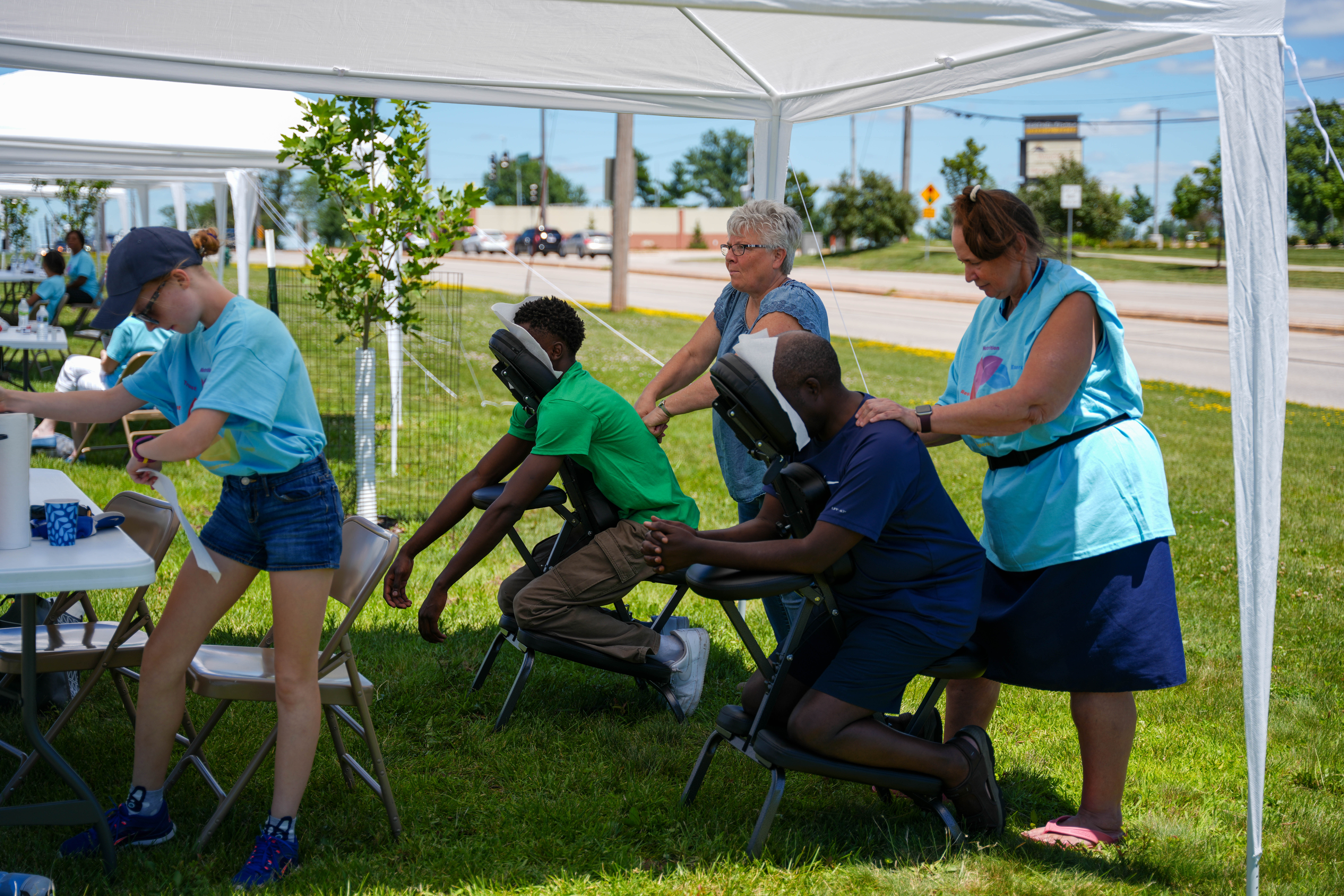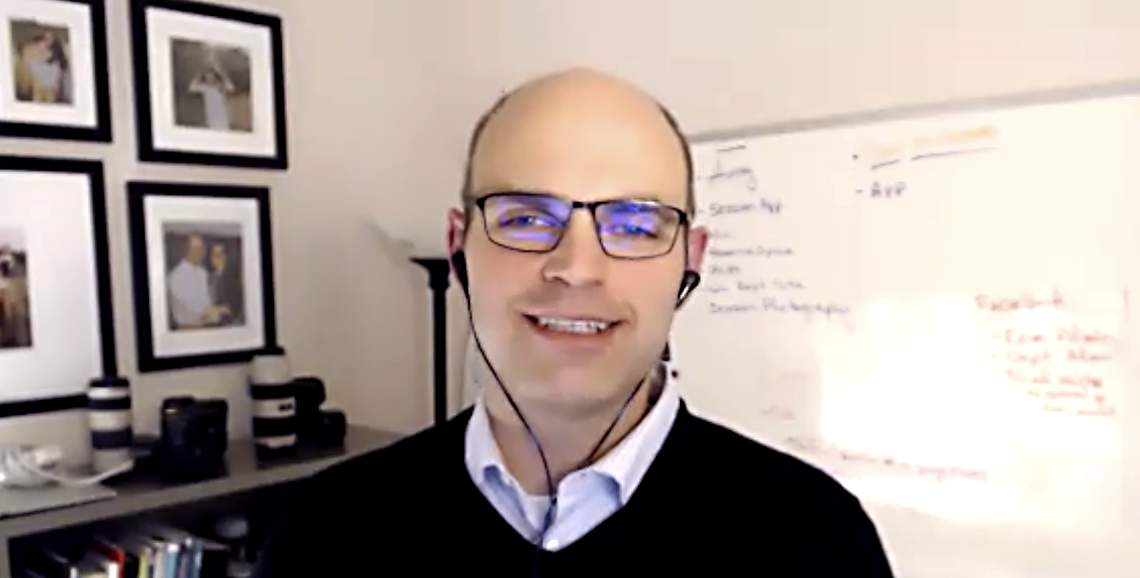The OUTLOOK team recently met through Zoom with Brent Hardinge, assistant director for communication at the General Conference of Seventh-day Adventists headquartered in Silver Spring, Maryland, to learn about the recent redesign of adventist.org. Here’s what we discovered.
Adventist.org Brand Promise: “You can understand the Bible to find freedom, healing and hope in Jesus.”
Brent, what was the catalyst for redesigning the Adventist Church’s main website?
It came from a number of individual things and happened over a period of time. About two years ago there was a series of meetings with communicators from around the building, including Hope Channel, Adventist Review Ministries, Adventist World Radio and ADRA. And we were asking, What can we do online to be more intentional about reaching people with what we believe as Adventists?
Then I started reading Building a Storybrand by Donald Miller, and I realized that while we may not be selling a business product, we are “selling” something—Jesus, what He means to us and what He’s done for us. That hit me hard.
What goals did you have for the redesign?
In the mid 1990s the first adventist.org site was established as a corporate site, sharing information about the Adventist Church. But there was no progression for taking the next step. We were missing huge opportunities to invite people to learn more about what we believe, to study the Bible or find an Adventist church near them. Now we have moved from being the corporate face of the GC to being more about who Seventh-day Adventists are.
When you were developing the site, who did you envision using it?
It’s an outward-facing site geared toward seekers—people who want to learn more about spiritual things and specifically Adventism.
What do you want the site to help accomplish?
This site is partially the result of Adventist evangelists frequently telling us that we have to do something about how we present ourselves online. Seekers want to know who we are and what we have to offer. It’s all about studying the Bible and developing a relationship with Jesus.
How are you utilizing SEO (Search Engine Optimization)?
Most of the content from the old site moved through to the new site. But we didn’t have information on the old site that was geared toward bringing people in through their search. During our internal research we learned there is a huge market for engaging seekers. And our beliefs section is consistently the highest used section.
So we developed two new large sections that are focused on SEO using “topic clusters” based on keyword research. And we are focusing on ways we can better improve as Google continues to change and develop how it treats subdomains, since there are approximately 160 other websites associated with the GC (education, family, youth, health and more).
What are some lessons you learned along the way that could be heplful to other ministries as they redesign or update their website?
I would say bring together others in your church who are interested in the site and go for a long-term strategy. Collaborate and keep the long haul in mind. You also want to be consistent—so figure out how to sustain what you are doing on a regular basis. Try to meet the needs of your region and answer people’s questions.
Why do you think conferences, churches and schools should still invest in their website? Is it relevant in the age of social media?
The analogy that has always made sense to me is this: Social media is like your community. You enjoy going out into it, but you don’t own it. It is outside your control. A website is like your home, your property. You own it and you can control the content. If you want people to “come over to your house,” you need to maintain it and make it inviting to them.










